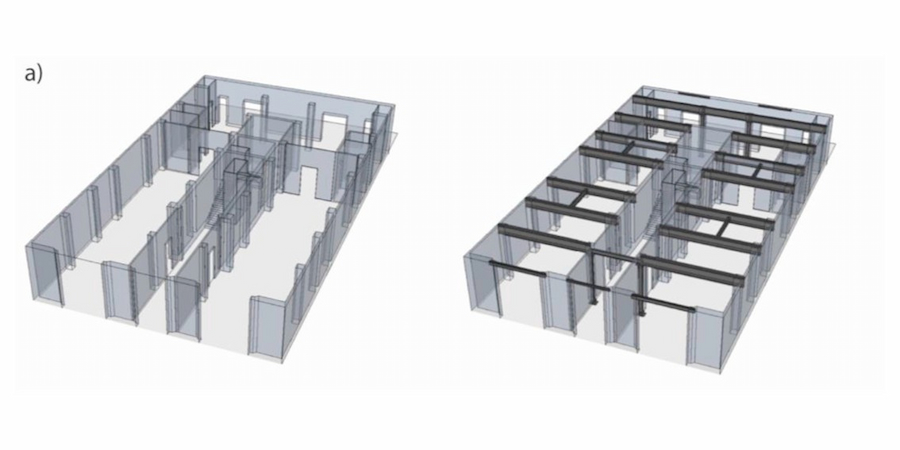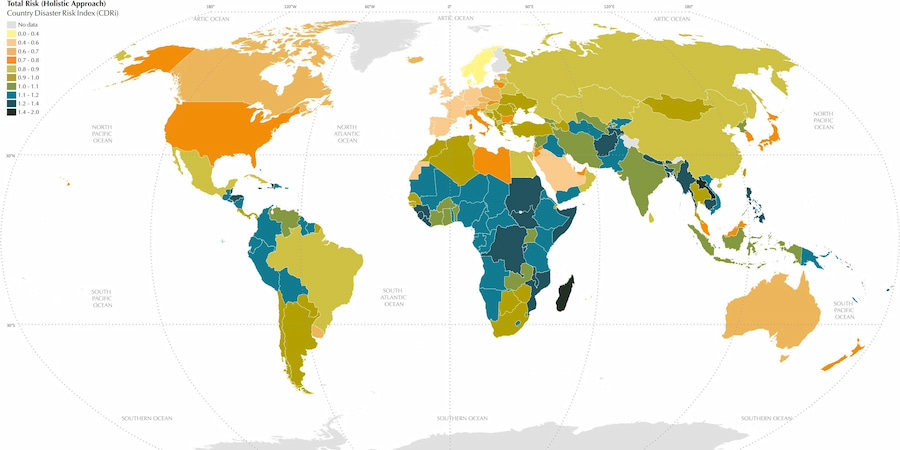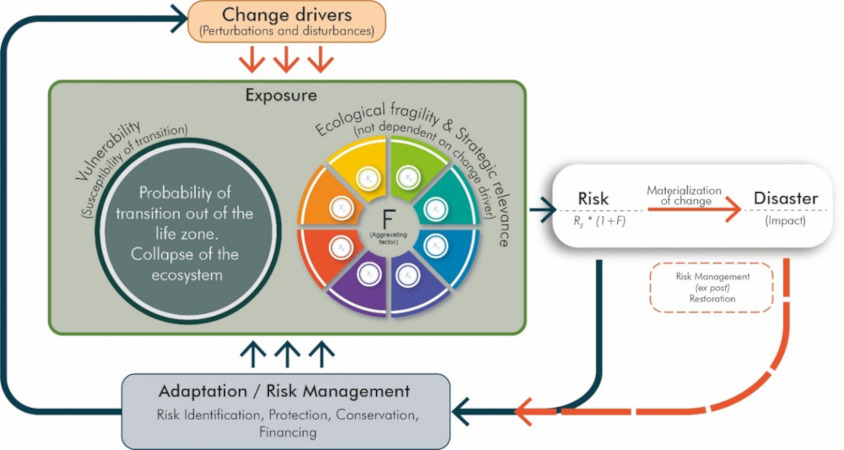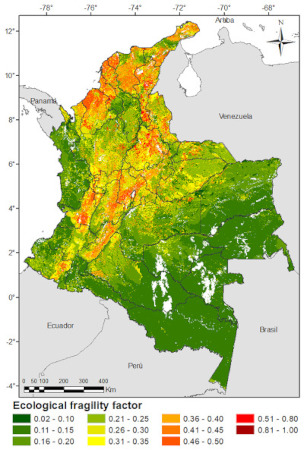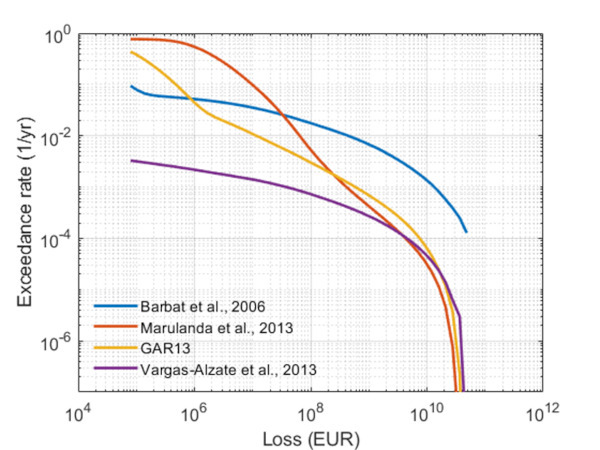Structural and Particle Mechanics
Disaster Risk and Resilience
Principal Investigator
Liliana Carreño
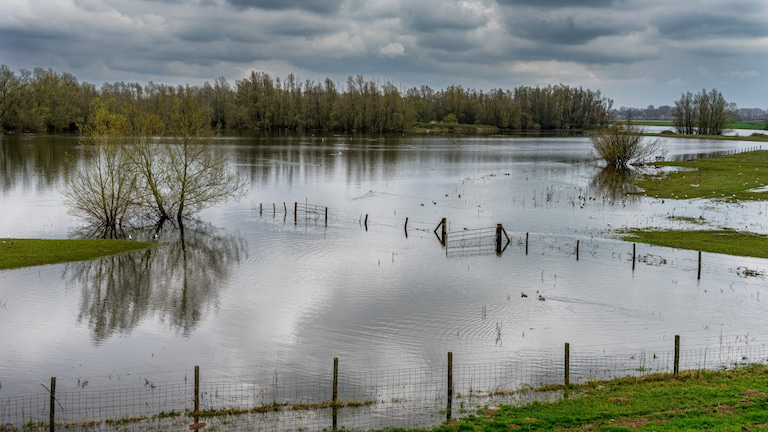
Overview
Research
Staff
Projects
The Disaster Risk and Resilience (DRR) Group develops probabilistic models to estimate economic and human losses from natural and human-caused events, creating multi-hazard risk frameworks and resilience indicators to support disaster management and climate adaptation strategies for different stakeholders.
The group specializes in developing prospective models to estimate potential economic and human losses resulting from both natural and anthropogenic events. The group’s expertise lies in creating multi-hazard catastrophe risk models at various scales and implementing comprehensive analytical frameworks that incorporate socio-economic factors and resilience indicators.
In alignment with current global agendas encouraging disaster risk management and climate change adaptation strategies, the DRR Group employs probabilistic approaches to risk assessment and develops quantitative indicators for resilience and disaster risk management. These tools enable communities, regions, and nations to monitor progress in risk reduction efforts through measurable metrics and informed decision-making processes.
The group’s primary objective is to provide innovative approaches, tools, and frameworks for comprehensive risk assessments that contribute to building more resilient societies. By quantifying vulnerability and resilience factors, these assessments help stakeholders identify priority areas for intervention and develop targeted strategies for risk reduction and adaptation.
The DRR Group has established collaborative relationships with numerous multilateral organizations and maintains an active presence in research, consulting, and capacity building initiatives across different world regions. Through these partnerships, the group disseminates knowledge, methodologies, and tools that empower communities and institutions to better understand and manage disaster risks in diverse geographical and socio-economic contexts.
Ongoing projects
Finished projects
Related news
No Results Found
The page you requested could not be found. Try refining your search, or use the navigation above to locate the post.






